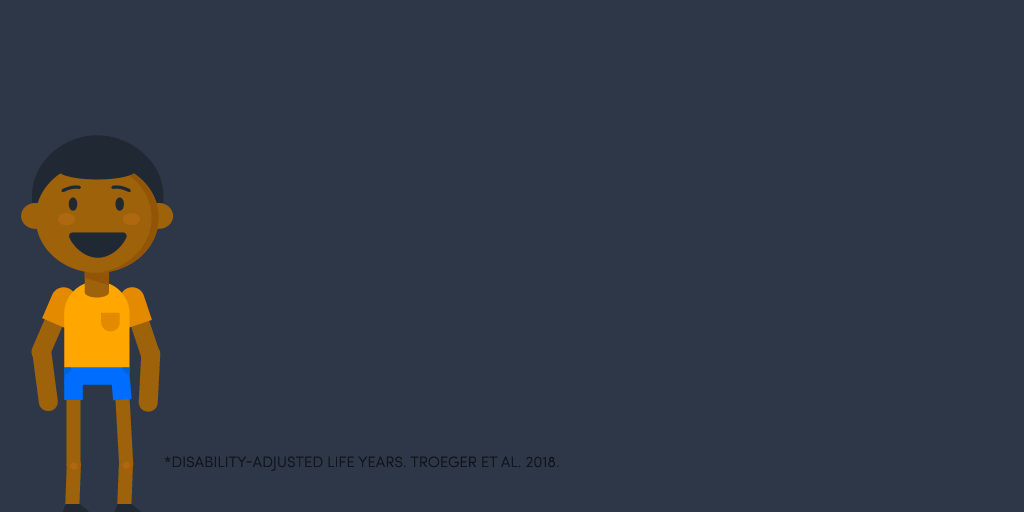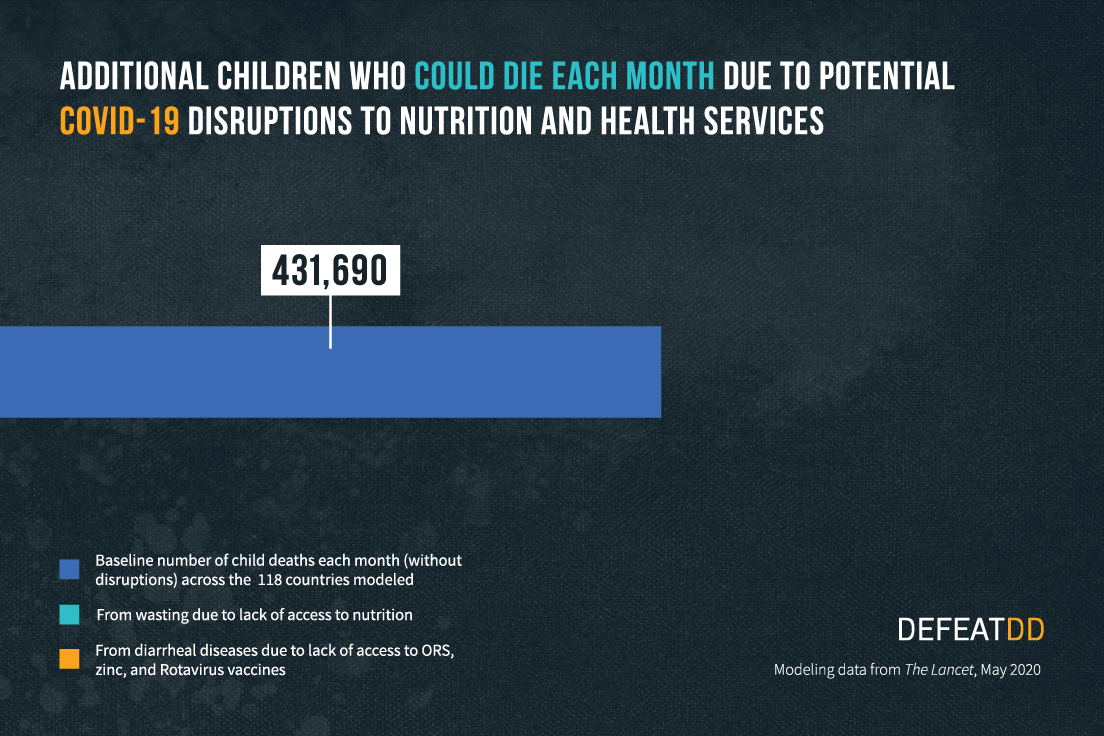
Are you hungry?

Janie Hayes soldiers forward on a long stretch of road near the Colorado-Wyoming border in the 2016 Trans America Bike Race. Photo credit: Anthony Dryer.
“I’m hungry.”
It’s a phrase you probably say often – I know I do. As an endurance athlete, feeling hungry is a regular state of affairs for me. In everyday life, I eat many times per day to keep up with calorie expenditure. Before training and competition, nutrition is something I think about how to “manage,” poring over data to decide when to eat, exactly which carbohydrates will result in the most energy, and how much extra food to carry.
“Hungry” is a sensation that I think I’m familiar with. And athlete or not, I bet you do too.
But are we hungry, really? Last week’s release of the Global Nutrition Report, and today’s commemoration of World Hunger Day, has me asking myself that question.
For most of us reading this, being hungry does not equal hunger. Hungry is a short-term discomfort that usually can be easily satisfied – with a snack from the fridge, or takeout from a nearby restaurant.
But hundreds of millions in our world today are haunted by actual, true hunger – one in nine people, or over 800 million. This type of hunger is the inability to get enough calories and micronutrients to meet basic physical and cognitive needs. And the scale of the problem is enormous. Hunger is now the leading cause of death in the world today.
Many of those facing hunger are children. Before COVID-19, there were already 150 million children under five years old suffering from stunting, and another 50 million from a grim condition called wasting. Both of these conditions can kill – and even if a child survives, they are likely to be cognitively and physically impaired for the rest of their lives.
The Global Nutrition Report calls hunger the great “threat multiplier.” That’s because being hungry lowers immune systems and makes people more susceptible to health threats. In young children, killers like diarrheal diseases and pneumonia go hand-in-hand with undernutrition.

Now, COVID-19 has become another threat multiplier, blocking food supply systems and making healthcare harder to access. Even in wealthy countries like the US, only a small percentage of children at risk of undernourishment are being served by government food programs during the pandemic.
In fact, a recent modeling study in The Lancet demonstrated that, due to the indirect (yet very real) effects of COVID-19 restrictions, an additional 43,000 children around the world per month could die due to undernutrition. And undernourished children are susceptible to diarrhea – so if you add in the potential challenges to accessing treatments like ORS and zinc during COVID-19 (like social distancing measures and lowered capacity of the healthcare system), the number could rise to almost 60,000.

Each month. Let that sink in.
This is an unacceptable future that we can prevent. Let’s support funding for nutrition and breastfeeding programs, encourage cooperation between the nutrition and health sectors, and fight for funding for water, sanitation, and hygiene programs that are critical to child and adult health.
And next time you stand looking in your refrigerator for a snack, think about what being hungry really means – and ask yourself what you can do. Because it’s only our collective hunger to solve the problem that can truly bring change.


